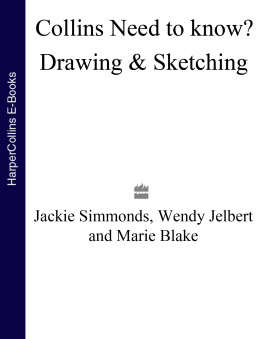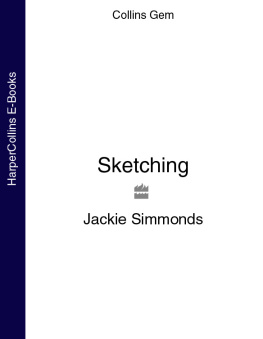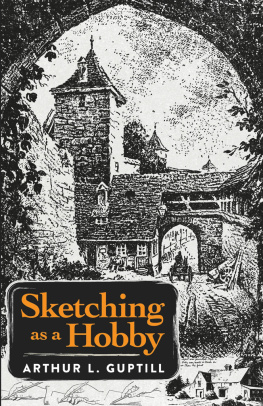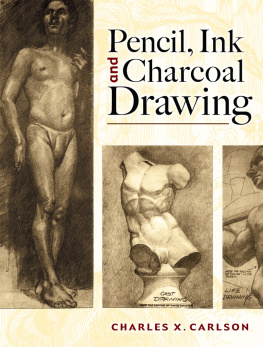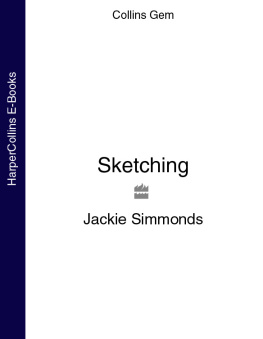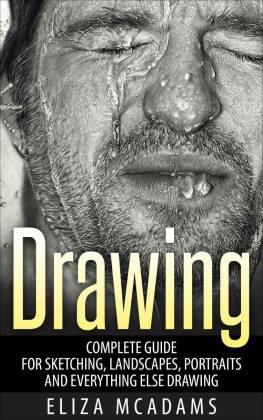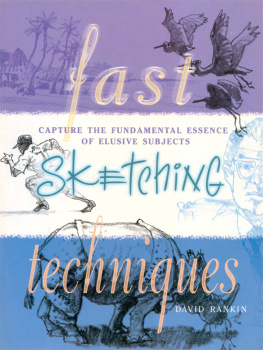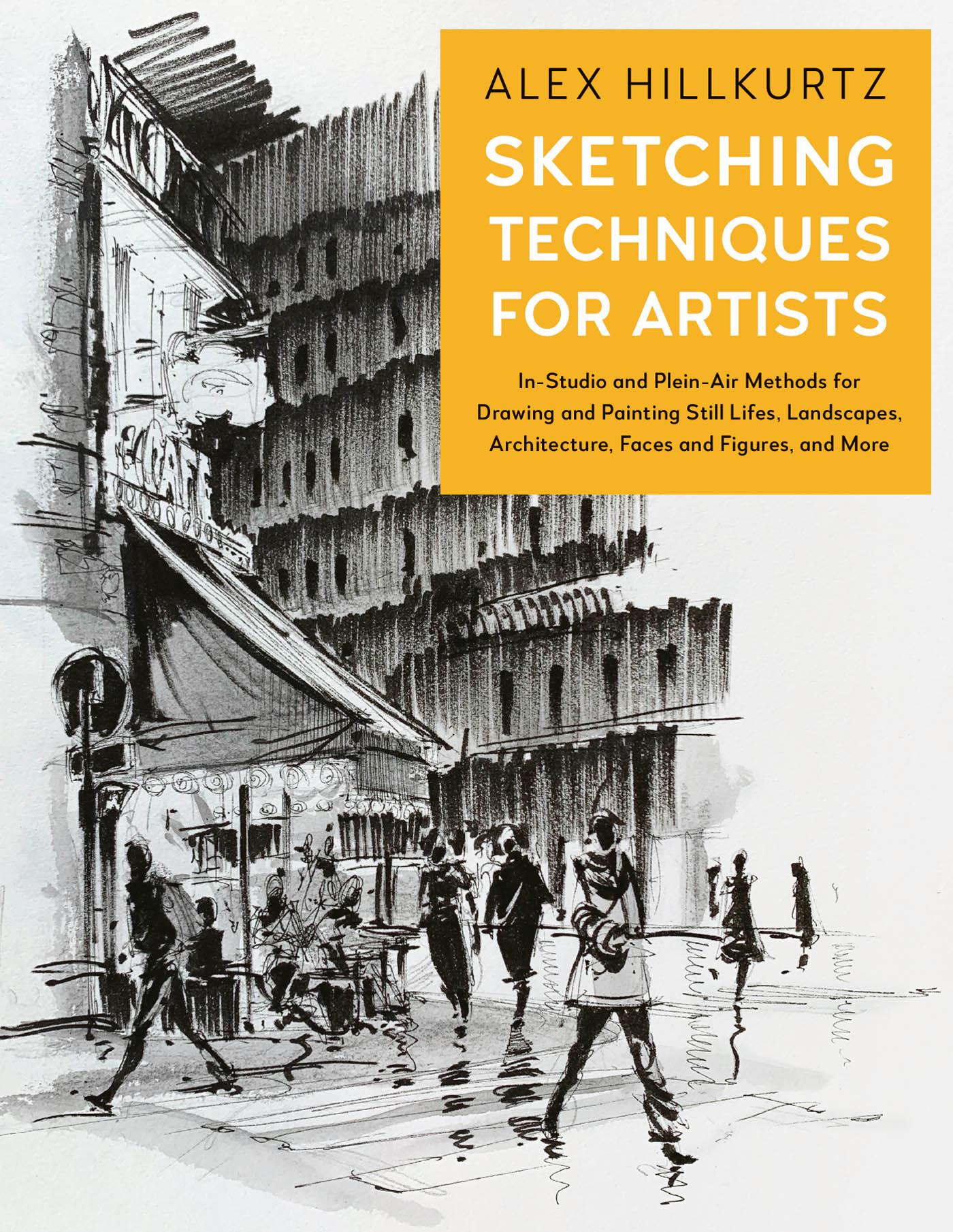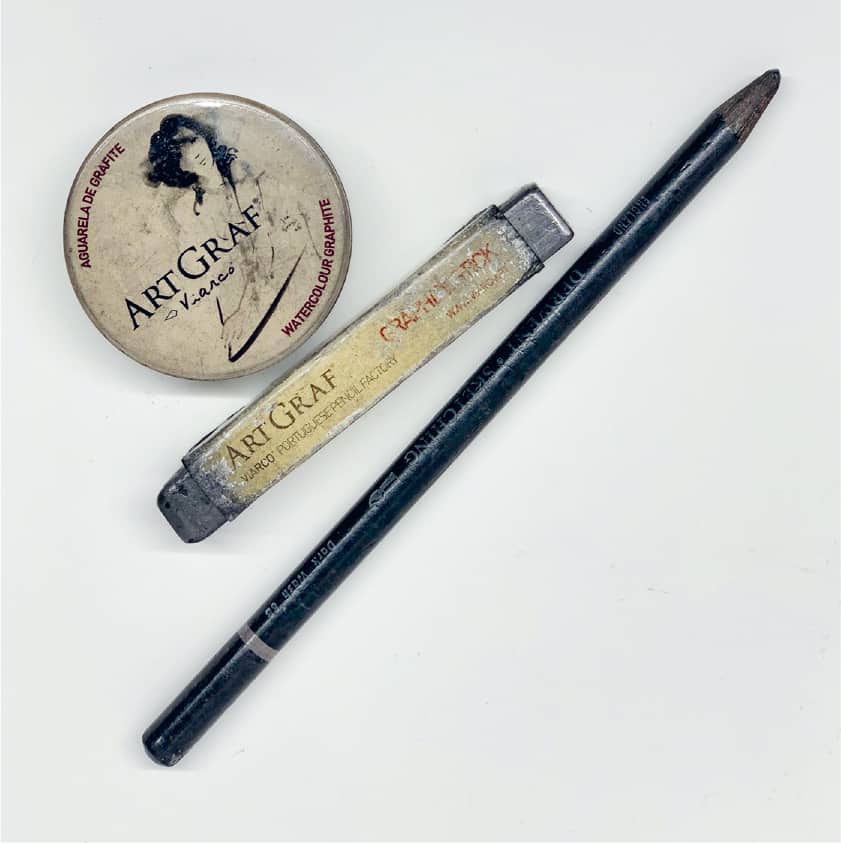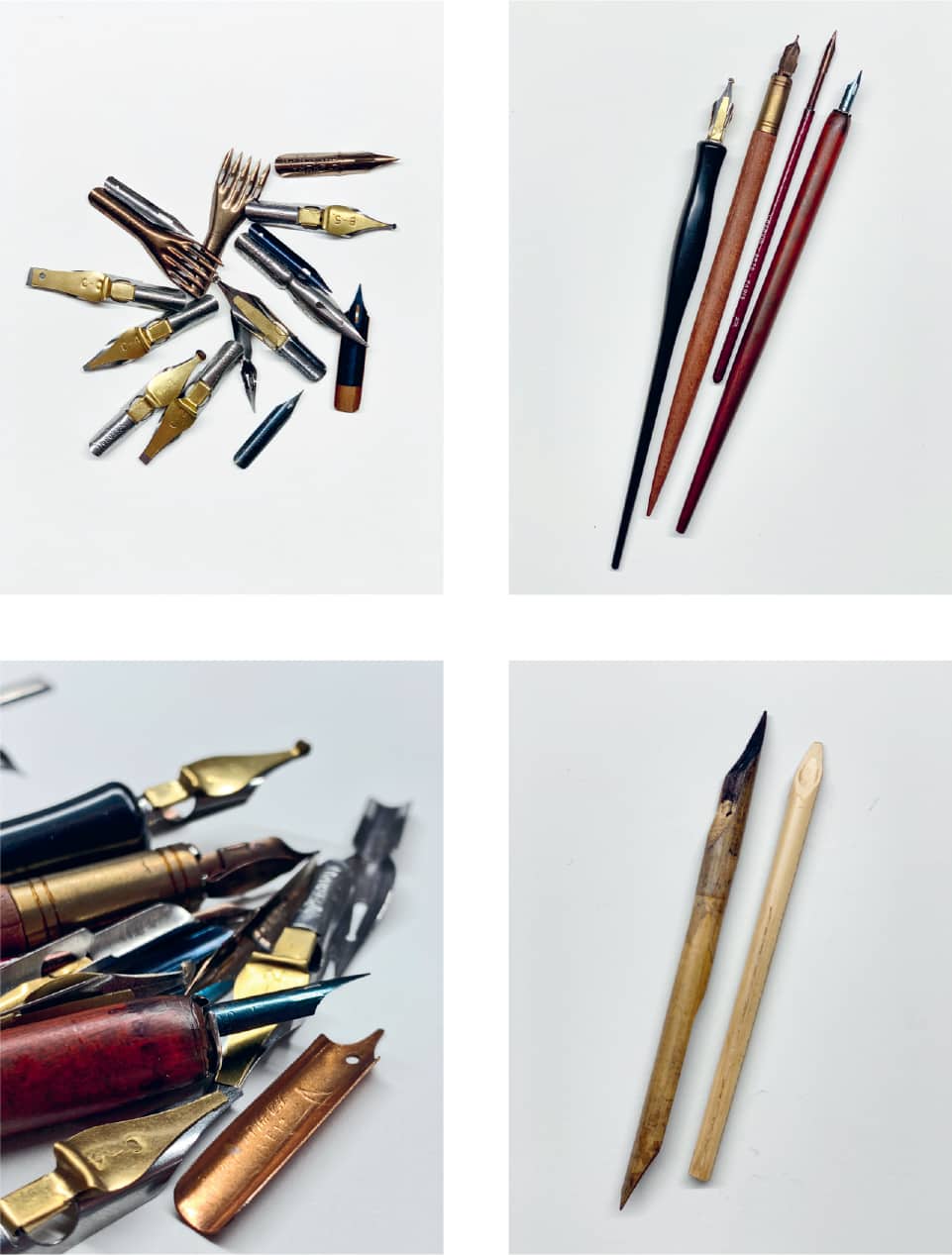Alex Hillkurtz - Sketching Techniques for Artists: In-Studio and Plein-Air Methods for Drawing and Painting Still Lifes, Landscapes, Architecture, Faces and Figures, and More
Here you can read online Alex Hillkurtz - Sketching Techniques for Artists: In-Studio and Plein-Air Methods for Drawing and Painting Still Lifes, Landscapes, Architecture, Faces and Figures, and More full text of the book (entire story) in english for free. Download pdf and epub, get meaning, cover and reviews about this ebook. year: 2021, publisher: Rockport Publishers, genre: Children. Description of the work, (preface) as well as reviews are available. Best literature library LitArk.com created for fans of good reading and offers a wide selection of genres:
Romance novel
Science fiction
Adventure
Detective
Science
History
Home and family
Prose
Art
Politics
Computer
Non-fiction
Religion
Business
Children
Humor
Choose a favorite category and find really read worthwhile books. Enjoy immersion in the world of imagination, feel the emotions of the characters or learn something new for yourself, make an fascinating discovery.

- Book:Sketching Techniques for Artists: In-Studio and Plein-Air Methods for Drawing and Painting Still Lifes, Landscapes, Architecture, Faces and Figures, and More
- Author:
- Publisher:Rockport Publishers
- Genre:
- Year:2021
- Rating:3 / 5
- Favourites:Add to favourites
- Your mark:
Sketching Techniques for Artists: In-Studio and Plein-Air Methods for Drawing and Painting Still Lifes, Landscapes, Architecture, Faces and Figures, and More: summary, description and annotation
We offer to read an annotation, description, summary or preface (depends on what the author of the book "Sketching Techniques for Artists: In-Studio and Plein-Air Methods for Drawing and Painting Still Lifes, Landscapes, Architecture, Faces and Figures, and More" wrote himself). If you haven't found the necessary information about the book — write in the comments, we will try to find it.
Learn dynamic sketching and watercolor techniques for creating cityscapes, landscapes, figures and faces, still lifes, and more, enhancing the story you want to tell with form, line, and color.
Discover incredible methods and tips for creating dramatic street scenes and vivid landscapes , and capturing dynamic figures and graphic architectural details. Artist Alex Hillkurtz, a top Hollywood storyboard artist and international workshop instructor, presents fundamental concepts of sketching with pencil and pen for a number of popular genres. Discover simple ways to jot down spontaneous ideas in pencil, capture rough details in ink, and add watercolor for extra depth and interest.
Make sketching more enjoyable by adopting innovative techniques that will make a difference in your practice, and your artwork. No matter your experience or skill level, youll benefit from learning:
Compositions that draw the eye
How to avoid common sketching mistakes
Ways to create light and shadow to define shapes and add interest
Successful ways to use negative space
The importance of perspective in creating depth
Easy color washes that create drama
Get started today, and fill your sketchbooks with unique drawings and paintings you will be proud of.
The For Artists series expertly guides and instructs artists at all skill levels who want to develop their classical drawing and painting skills and create realistic and representational art.
Alex Hillkurtz: author's other books
Who wrote Sketching Techniques for Artists: In-Studio and Plein-Air Methods for Drawing and Painting Still Lifes, Landscapes, Architecture, Faces and Figures, and More? Find out the surname, the name of the author of the book and a list of all author's works by series.

